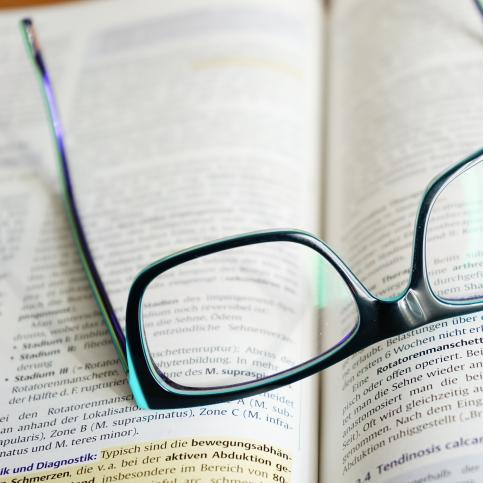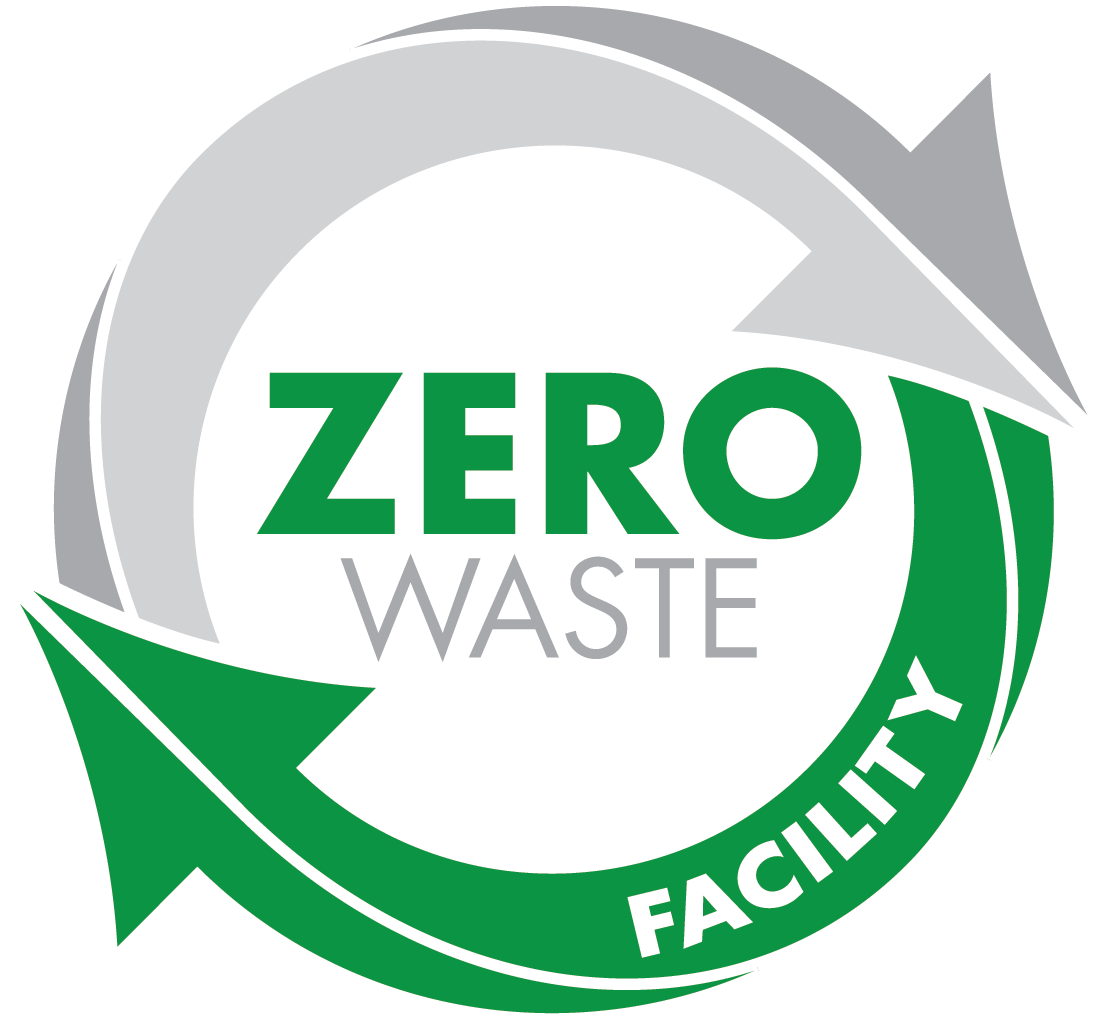Blog

Circuit boards are the brains behind many of the electronic devices we take for granted every day. Smartphones, cars, television remotes - we don’t really put much stock in pondering the ways in which these things come to be. For a circuit board assembler, the exact opposite is true – understanding the intricate processing of circuit board assembly is integral to their business’s success.
But for the average person – circuit board assembly can appear to be overwhelming. But we hope to simplify the process by offering an introduction to circuit board assembly in understanding its basic terminology. It’s important to know the relevant terminology before fully understanding the intricate process of circuit board assembly.
Circuit Board Assembly 101: Basic Circuit Board Assembly Terminology
- The substrate is known as the base of the printed circuit board – offering rigidity to the configuration’s totality. Not all printed circuit boards will have the same substrate composition, and will largely depend on functionality in cost and bendability
- A thin conductive foil is known as copper – as the name suggests it is composed of copper traces and is added to each working side of the circuit board
- The solder mask is located on top of the copper and gives the printed circuit board the green colour – a marking characteristic of printed circuit boards. It’s tasked with insulating and keeping each part of the circuit board intact
- The silkscreen is the last layer of the printed circuit board, and serves the purpose of adding layers as characters or symbols
There are 3 types of boards circuit board assemblers will typically use:
- The most common type of printed circuit board is the rigid printed circuit board. It is the most rigid and solid circuit board, typically composed of fiberglass and sometimes made of epoxies and phenolics
- As their names suggest, flexible printed circuit boards are more flexible than rigid printed circuit boards, offering more pliability – these circuit boards are typically composed of Kapton – a high-temperature resistant plastic.
- The benefit of using metal core printed circuit board is in their ability to transfer heat more effectively than other alternatives – serving to relinquish heat transfer, thus protecting high-temperature sensitive circuit board components
Permatech Electronics is your Go-To Circuit Board Assembler
Permatech builds printed circuit boards with the materials you require at an affordable cost. We work with industry professionals to source high-quality materials, and are confident in our potential to find you a solution well suited to your unique needs.
Our technicians have years of experience in the industry – able to directly assess your needs and how to execute your goals. We are more than capable of assembling your printed circuit board in correspondence with your needs.





